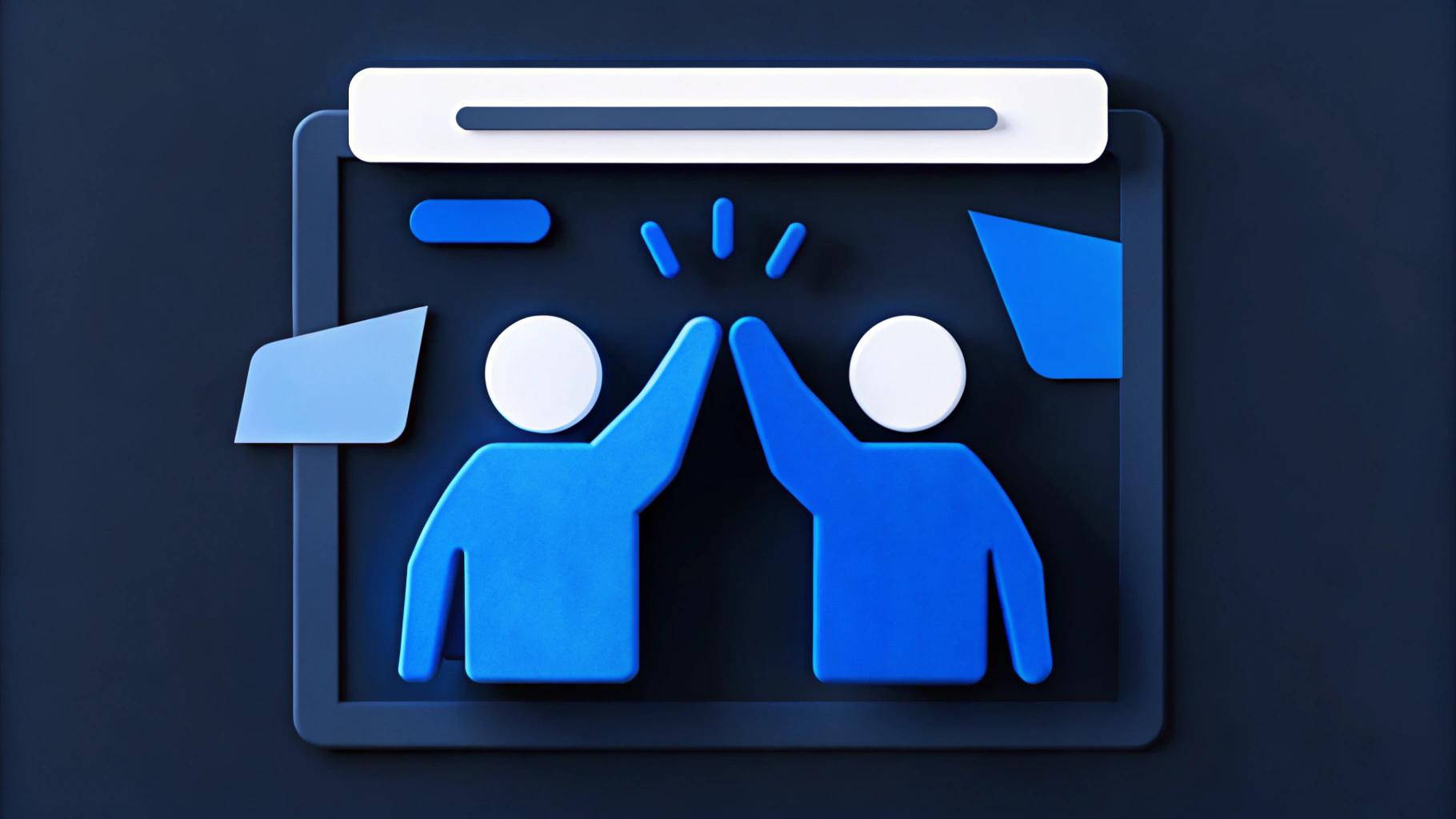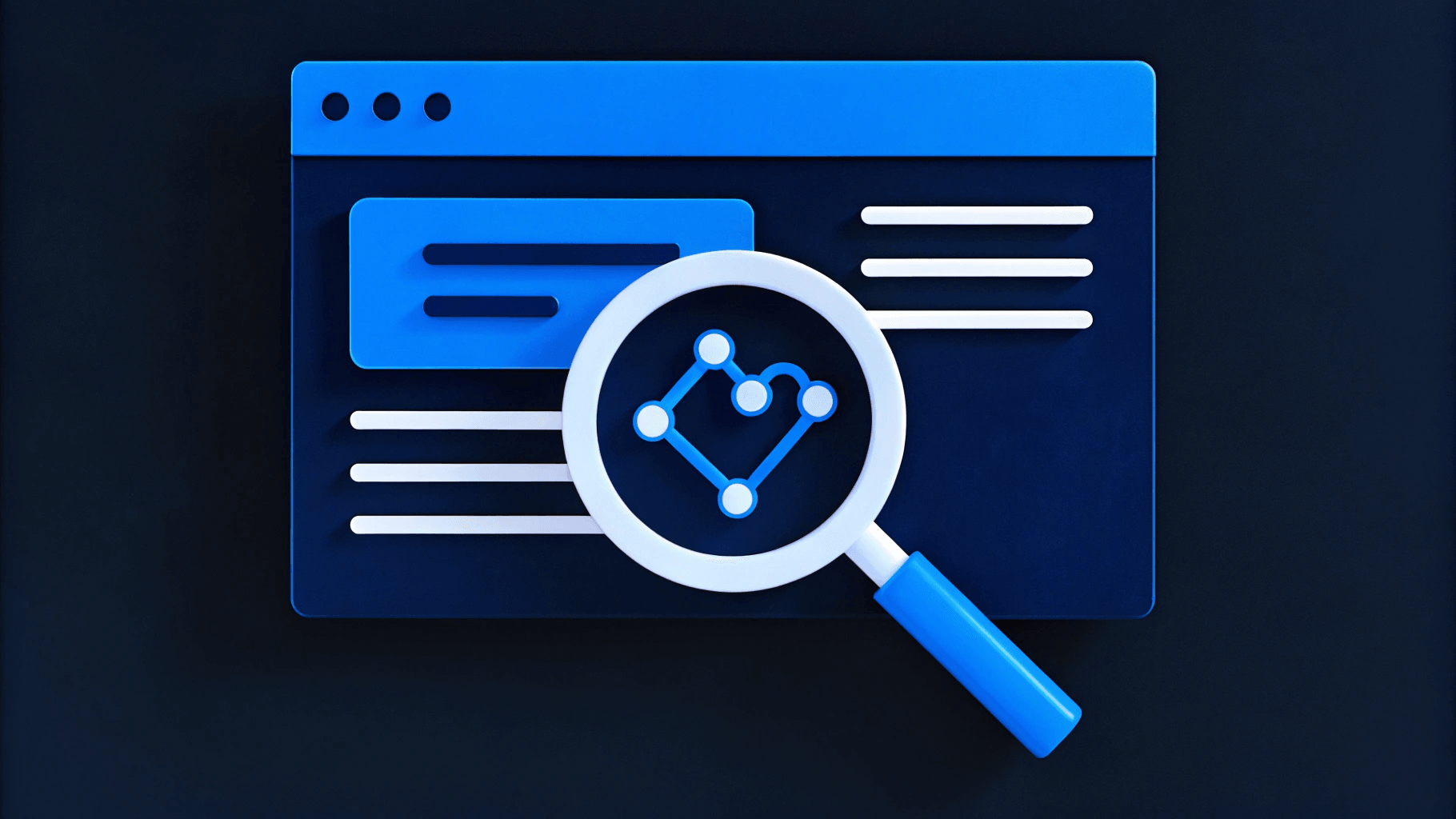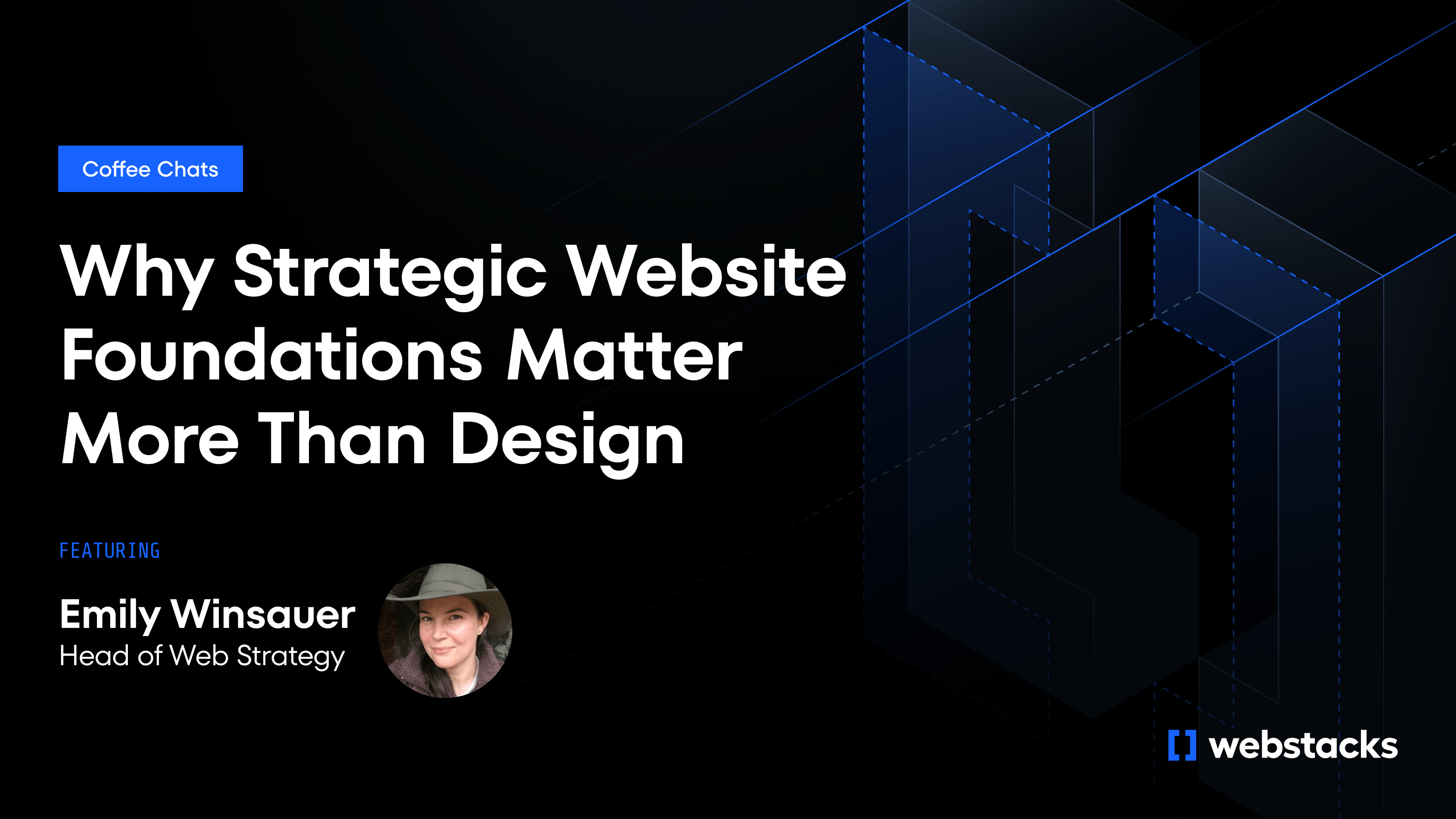Your senior engineers spend several hours per week reviewing code. Most of that time goes to catching issues a machine could spot, such as inconsistent styling, missing documentation, and forgotten test cases. Meanwhile, the subtle bugs that actually break production slip through because reviewers are exhausted from playing human spell-checker.
A typical pull request sits in the queue for eight hours before anyone looks at it. The review itself takes another three hours, followed by two more hours of back-and-forth discussions about formatting and conventions. By the time code merges, developers have lost context, switched to other tasks, and accumulated a backlog of their own reviews to complete.
This guide shows you how to build a collaborative AI review system that cuts review time while catching more real issues.
1. Map Your Bottlenecks to Focused AI Modules
Start by understanding where time actually goes in your review process. Look at last month's pull requests. How long did reviews take? What comments appeared repeatedly? You'll likely find that most feedback addresses the same mechanical issues over and over.
Common time-wasters include checking if colors match your design system, verifying that new code has tests, ensuring API changes don't break existing integrations, and catching security patterns that could expose data. Each of these becomes a target for AI assistance.
The most frequent review bottlenecks that AI modules can address include:
- Design system compliance - token usage, spacing, and component consistency
- Test coverage verification - ensuring new code has appropriate test cases
- API contract validation - checking that changes maintain backwards compatibility
- Security pattern detection - identifying potential data exposure or access control issues
- Documentation completeness - verifying that code is properly documented
Build specialized AI modules that each handle one type of review. This modular approach means each module can excel at its specific task rather than being mediocre at everything. Your design validation module knows every token and component in your system. Your test coverage module understands your testing patterns and requirements. Your security module recognizes risky patterns specific to your architecture.
Here's how this specialization eliminates bottlenecks: When a developer submits UI changes, the design module immediately checks token usage, component composition, and visual consistency. It completes in 30 seconds what used to take a designer 45 minutes. Meanwhile, the security module stays quiet; it knows UI components don't handle sensitive data.
This selective activation works because you've built your AI system to understand your codebase structure. Authentication code triggers security and data flow validation. API changes activate contract checking. Design system modifications invoke visual regression testing. Each module knows its domain and stays out of areas where it lacks context.
The real collaboration happens when modules work with developers. The AI flags that someone used a hardcoded color instead of a theme token. Rather than just rejecting it, the AI shows the three closest approved colors and asks which works best. The developer either picks one or explains why none fit, potentially revealing a gap in your design system. This exchange takes two minutes instead of a day-long back-and-forth with the design team.
2. Design Safety Nets and Confidence Systems
Safety is about putting the right validations at the right points, with appropriate confidence levels that determine how AI feedback gets applied. Your composable architecture provides natural boundaries where AI can validate changes without slowing everything down.
Confidence-Based Response System
Confidence refers to how certain the AI is that something is actually a problem that needs fixing, not whether the code will work. Set confidence thresholds that determine how AI feedback gets applied:
- Critical issues like exposed credentials or SQL injection vulnerabilities trigger immediate blocks (99% confidence)
- Medium-confidence findings like suboptimal patterns or missing documentation become suggestions that developers can override with explanations (75% confidence)
- Low-confidence observations become questions that promote discussion rather than mandating changes (40% confidence)
Parallel Review Architecture
Implement parallel review tracks where AI and humans work simultaneously rather than sequentially. While AI analyzes patterns, security vulnerabilities, and design compliance (2 minutes), humans evaluate business logic and user impact. While humans discuss architectural decisions, AI validates that existing features won't break. This parallelism cuts review time from three hours to 30 minutes.
Progressive Safety Implementation
Start your AI implementation with your safest, highest-volume bottleneck. For most teams, this is test coverage for utility functions. These functions are incredibly time-consuming to review, but low risk if AI makes mistakes.
Key benefits of this confidence-based safety system include:
- Reduced false positives - properly calibrated thresholds prevent alert fatigue
- Faster feedback cycles - critical issues surface immediately while secondary concerns don't block progress
- Appropriate human involvement - people review only what machines can't reliably assess
- Progressive learning - the system becomes more accurate as feedback accumulates
- Consistent enforcement - critical rules apply equally across all code contributions
Here's how this graduated response prevents both security issues and developer frustration: A developer submits code that processes customer data. AI finds three issues with different confidence levels. It blocks merging because sensitive data appears in logs (99% confidence). It strongly suggests encrypting data at rest but allows override with justification (75% confidence). It asks whether the data retention period aligns with privacy policies (40% confidence).
The human reviewer, freed from checking these mechanical issues, focuses on whether the business logic correctly handles edge cases. They spot that the code doesn't account for users with multiple accounts—something AI couldn't catch because it requires business context. Together, AI and humans complete a thorough review in 30 minutes instead of three hours.
Your existing component boundaries provide additional safety. Changes to your payment module can't affect authentication without going through defined interfaces. UI components can't bypass your design system to use arbitrary styles. This isolation means AI can review each area confidently, knowing mistakes can't cascade across your system.
3. Implement Gradual Rollout with Learning Loops
Roll out your AI system incrementally, creating tight feedback loops that make both AI and developers smarter over time.
Phased 30-Day Rollout Strategy
In your first two weeks, enable AI suggestions for just a handful of developers working on internal tools. The AI suggests test cases that developers can accept, modify, or reject. Track acceptance rates carefully. If developers accept 70% or more of suggestions, you know the AI provides value.
- Days 1-7: Pilot with a small team on test coverage validation only
- Days 8-14: Add design system validation for the pilot group
- Days 15-21: Expand to half your engineering team
- Days 22-30: Enable blocking mode for critical issues and full team adoption
Continuous Learning Implementation
Make AI learn from every interaction. When developers reject suggestions, they choose from simple options: "Special case," "Performance requirement," "Legacy pattern," or "Other." This feedback adjusts how AI reviews similar code in the future.
Watch this learning process eliminate a specific bottleneck: Your team spends 20 minutes per PR discussing database access patterns. Initially, AI flags every direct database call as problematic, generating many false positives. After two weeks of feedback, it learns to distinguish between problematic bypasses of your data layer and necessary performance optimizations. By day 30, it correctly identifies 95% of actual issues while ignoring valid exceptions.
Create tight feedback loops between AI and developers. When the AI suggests refactoring a complex function, and the developer provides a simpler solution, capture that pattern. When multiple developers override the same suggestion, investigate whether your standards need updating. This collaborative learning makes both AI and your team smarter over time.
Feedback-Driven Optimization
The real power emerges when you systematically analyze how developers interact with your AI system. This data reveals exactly where to fine-tune for maximum impact:
- Track which suggestions get accepted vs. rejected by module type
- Identify patterns in overrides that signal needed rule adjustments
- Monitor review time reduction across different types of changes
- Adjust confidence thresholds based on false positive rates
- Optimize and Scale Across All Domains
Once your foundation is solid, expand AI assistance across all specialized review domains, using your design system as the model for other areas.
Design System Excellence
Your design system becomes the foundation for eliminating design review bottlenecks. Because it defines clear rules about colors, spacing, typography, and component composition, AI can enforce consistency without being rigid.
The modular structure of modern design systems—tokens, primitives, and patterns—gives AI different validation rules at each level. When AI detects violations, it collaborates on solutions rather than just rejecting changes. A developer uses margin: 12px instead of a spacing token. The AI doesn't just flag the error. It identifies that space-3 equals 12px in your system and suggests the replacement. If the developer needs exactly 14px for optical alignment, the AI helps document this exception or suggests creating a new token.
Cross-Team Coordination
Once you've proven the collaborative AI approach with design systems, apply the same methodology across every specialized review domain. Each area benefits from AI that understands your specific patterns and requirements. This creates consistent, intelligent assistance across your entire development workflow:
- Security Reviews: AI learns your specific security patterns and compliance requirements. It recognizes when authentication flows need security team review vs. when standard patterns can auto-approve.
- Performance Optimization: AI identifies performance anti-patterns specific to your architecture. It knows which database queries need optimization review and which are within acceptable parameters.
- API Design: AI validates API changes against your established contracts and conventions. It flags breaking changes immediately while suggesting migration strategies for necessary updates.
- Documentation Standards: AI ensures code changes include appropriate documentation, linking to examples and templates that match your team's style.
Cross-Domain Intelligence
The AI also helps your different systems work together. When developers submit changes affecting multiple areas, AI immediately maps the impact. It identifies which teams need to review, what specific concerns each team has, and suggests migration strategies that minimize disruption.
For example, if a developer updates user authentication to add two-factor support, this touches the mobile app, web dashboard, admin panel, and reporting service. The AI creates a coordination dashboard showing each affected service, specific changes needed, risk level, and suggested timeline. Instead of dozens of scattered comments across multiple PRs, teams discuss trade-offs in a single thread. What used to take a week of back-and-forth now resolves in a day.
AI-driven design review delivers several measurable benefits for development teams:
- Time savings - reviews that took 45 minutes now complete in few minutes
- Reduced designer burnout - designers focus on creative work instead of repetitive checks
- Improved developer education - AI explains why changes violate standards, not just that they do
- System evolution - identification of patterns that might indicate needed design system updates
4. Measure Impact and Eliminate New Bottlenecks
Track your success with metrics that matter. Within 30 days, measure the time from PR creation to merge; this should drop by 25%. Within 60 days, aim for a 40% reduction. Within 90 days, your entire review culture should transform.
Focus metrics on specific bottlenecks you're targeting. If design reviews were your biggest pain point, track how many design-related comments appear in reviews (should drop by 80%). If test coverage was the issue, measure how many PRs get sent back for missing tests (should approach zero).
Address New Bottlenecks Immediately
When AI creates new bottlenecks, address them immediately. Common problems and solutions:
- False positives overwhelming developers: Adjust confidence thresholds based on component risk. Payment code needs strict checking; internal dashboards can be more lenient. Track false positive rates weekly and tune accordingly.
- AI analysis taking too long: Implement progressive feedback. Show critical issues in 15 seconds, complete analysis in 2 minutes. Developers stay engaged instead of context-switching while waiting.
- Low adoption rates: Share success metrics with the team. Show that early adopters save 4 hours weekly on reviews. Highlight bugs AI caught before production. Celebrate developers who provide the best feedback for improving AI accuracy.
ROI Calculation
Calculate return on investment using real numbers. A 50-person engineering team typically saves 300 hours monthly after full implementation, equivalent to nearly two full-time engineers. Factor in reduced bug escape rates, faster feature delivery, and improved developer satisfaction.
Use your metrics to identify which modules provide the most value. Maybe your security module catches critical issues, but your documentation module just annoys developers. Double down on what works, eliminate what doesn't. The modular approach lets you iterate without disrupting the entire system.
Continuous Evolution
Transform your review process from a static checkpoint into a learning system:
- Monitor which types of issues AI catches vs. misses
- Track how often human overrides indicate needed rule changes
- Identify emerging patterns that suggest new AI modules
- Measure developer satisfaction alongside technical metrics
Transform Code Review into a Collaborative Learning System
Collaborative AI code review eliminates bottlenecks by transforming review from a sequential gate into parallel collaboration. AI handles mechanical validation in seconds while humans focus on architecture and business logic. More importantly, they learn from each other. AI gets smarter from feedback, while humans work faster with AI assistance.
Success comes from starting focused and expanding based on results. Pick your biggest bottleneck, build one AI module to address it, and measure impact rigorously. Use your existing architecture and design system as the foundation—they provide the structure and rules that make AI effective. Create safety through confidence thresholds and parallel review, not additional gates.
The transformation happens gradually but dramatically. Most importantly, code review becomes a learning system rather than a checkpoint. AI learns from developer decisions, developers learn from AI suggestions, and your entire team ships better code faster.
Webstacks' vibe coding methodology integrates collaborative AI code review directly into our development workflow. Our approach maintains the highest quality standards while dramatically increasing your team's velocity. We've built a system that learns from every interaction, creating a continuous improvement cycle that gets smarter with each project.
Schedule a consultation to discover how our composable architecture and AI-powered review process can eliminate your development bottlenecks while improving code quality.




